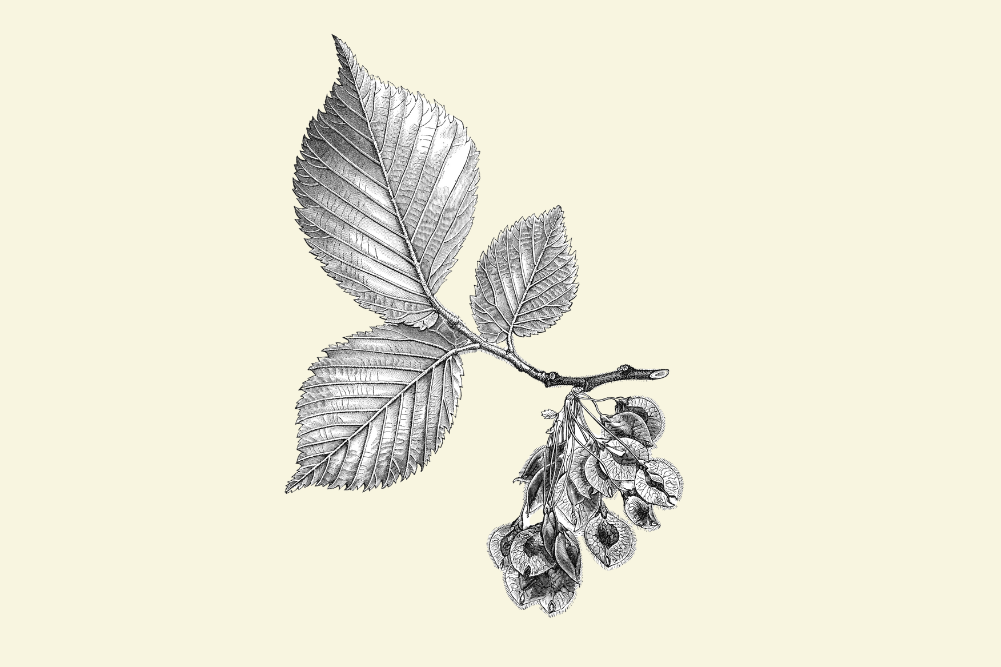How to detox from lead
Last year the penny dropped. I was filling up my car with 10 per cent ethanol and realised that for the first two-thirds of my life I had been using lead-based petrol. We all had! For 60 years lead was added to petrol to increase its octane rating and help reduce motor valve wear and tear. Consequently, this lead was released into the air via exhaust fumes, eventually settling in the soil. We were breathing in lead and plants were absorbing it through their roots. As a person who thinks about toxins and detox, it was a chilling realisation.
Lead is not new to human civilisation. Its history of mining and smelting was first identified as early as 6500 BCE. Romans made their water pipes from lead. Their ruling classes were known to overindulge in sapa, a grape juice concentrate used to sweeten food and wine, contaminated with 0.1 per cent lead. Some historians suggest that lead poisoning was the reason behind high levels of infertility and reduced intelligence in the aristocracy, factors contributing to the downfall of Rome. Indeed, the insane Roman emperor Nero was known to drink huge amounts of wine.
In more modern times, lead was used widely in paints. It has also been used in various industries, particularly construction, ammunitions and agriculture. Some pottery glazes require lead, particularly red glazes. Lead-lighting materials, lead fishing sinkers and lead flashing for roof tops are all common sources of lead around the home today. Recent concerns about lead-contaminated toys from China were alarming. An American study by the FDA in 2009 showed all the lipsticks they tested contained some level of lead.
High levels of lead in the body can create many non-specific signs and symptoms, including digestive pain and disturbances, anaemia, confusion, clumsiness, nervousness, lethargy, insomnia, headaches and mood instability. A telltale sign of severe lead poisoning is a blue-black line on the gums. Lead poisoning has also been associated with other diseases such as gout, kidney disease, anaemia and ADHD.
Lead accumulates. It doesn’t dissipate, biodegrade or decay. It is a ubiquitous metal and unavoidable in the world. Fortunately, only 10 per cent of ingested lead is absorbed in the human digestive tract, with the other 90 per cent excreted through the bowel. However, children take up more. Between 30 and 50 per cent of ingested lead is absorbed by them. If the child is deficient in calcium or iron, the lead uptake percentage is in the higher realm. Lead can be profoundly damaging to children who are still growing organs and developing their nervous systems.
There is no safe level of lead intake for human beings. There are no recognised functions for lead in the human body, though some fungi seem to need lead as part of their growth requirements. Lead deposits are found in the blood, liver, kidneys and brain. Like other heavy metals, lead profoundly alters nervous system function and therefore affects intelligence and learning. Lead toxicity has been identified as a causative factor in attention deficit disorder (ADD), which is associated with difficulty in literacy, numeracy and abstract thinking. Lead has also been associated with antisocial behaviour. Lead poisoning is possibly the most important chronic environmental concern for modern children due to their rapid growth and development.
A few years ago, a study showed that 11 per cent of the children in Mount Isa, a mining town in Queensland, had excessive levels of lead in their blood. The strategy to combat this, due to professed limitations in ability to reduce pollution levels, was to ensure children had a nutrient-rich diet. The major mineral that competes with lead uptake is calcium. There is some evidence that this nutrient repletion approach has been moderately successful.
Calcium and iron-rich plants are invaluable elements of any lead detoxification program and by buying certified organic you can be more confident that the plant isn’t actually laced with lead. Other beneficial approaches in lead detox involve opening the channels of elimination, particularly the bowel and the skin. The use of far-infrared saunas is a judicious part of a lead detox protocol, too. Ideally, any detox protocol should be individually determined because we all have different toxic fingerprints, sensitivities and needs.
Pharmaceutical chelation therapies are administered when people exhibit signs of frank lead poisoning. High levels of lead in the blood generally indicate the need for chemical chelation. More low-grade, chronic lead poisoning, with its barrage of non-specific symptoms, is generally identified through the analysis of heavy metals in the hair.
The educated and cautious use of natural chelating agents combined with a nutrient-dense organic diet over a long treatment period can support a reduction in detectable lead levels and, consequently, a reduction in symptoms. Natural chelators including bentonite clay and zeolite, under professional guidance, can be helpful. Used indiscriminately, they can be harmful. These should be used only when the body is replete with minerals. The chelating agents can bind up vital minerals instead of the heavy metals if not use correctly.
Today, the use of heavy metals is declining as more evidence arises about their adverse health effects. Humanity is becoming more attuned to what substances are life-affirming and those that are not, and we act on choosing those that nurture life — at least, I hope so!
Sally Mathrick is a practising naturopath. She runs Sparkle Wellness & Detox courses online, providing effective, holistic, individual approaches to wellness. For more information, visit www.sparklewell.com.au.







